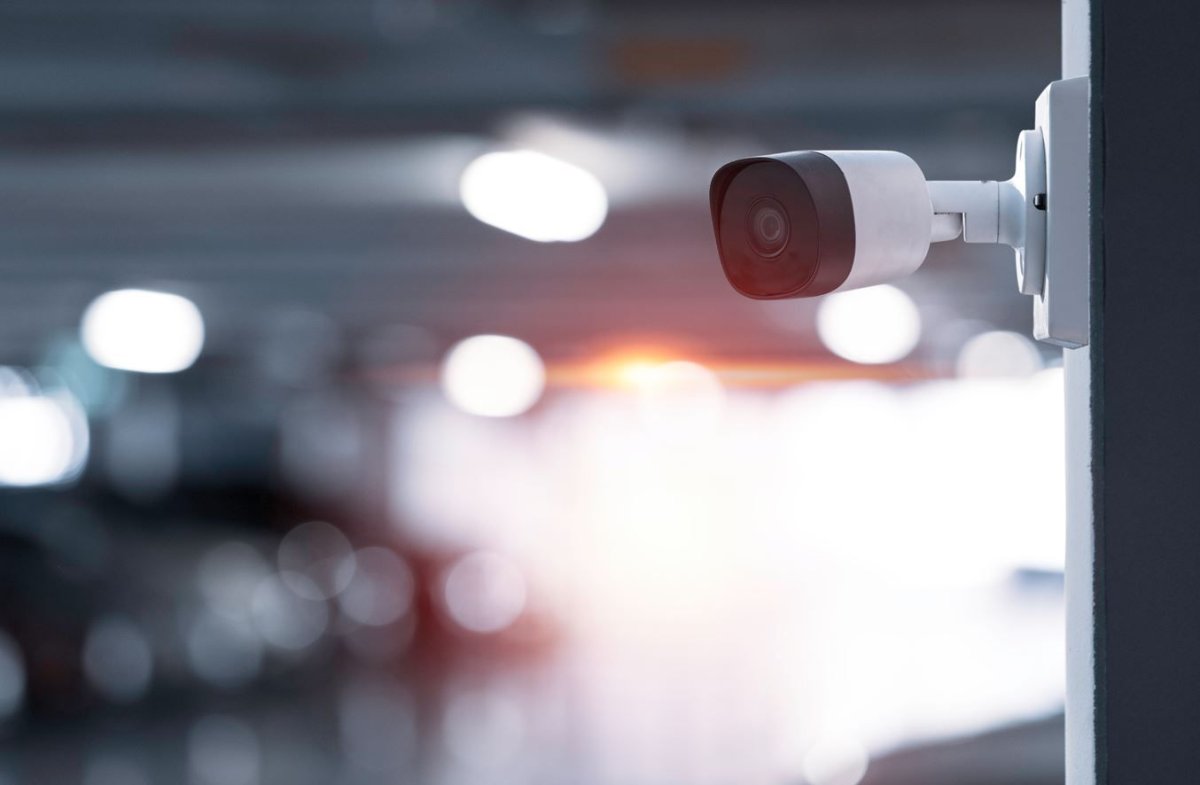How to Use Smart Cameras for Home Safety is a critical discussion in today’s increasingly connected world. Smart cameras offer a significant upgrade from traditional security systems, providing homeowners with enhanced peace of mind and remote access to their property. These devices leverage advanced technology to monitor and record activity, offering a proactive approach to home security. From indoor cameras to outdoor models, doorbell cameras, and floodlight cameras, the options available cater to diverse needs and preferences, each offering unique functionalities to enhance home protection.
This guide will delve into the specifics of selecting, installing, and utilizing smart cameras to their full potential. We’ll explore critical factors like resolution, field of view, and night vision, while also examining the benefits of wired versus wireless systems. Furthermore, we will cover essential features such as two-way audio, motion detection, and cloud storage options, providing you with the knowledge to make informed decisions. Installation, setup, and integration with other smart home devices will also be explored, ensuring you can create a comprehensive and effective security solution.
Introduction to Smart Cameras for Home Safety: How To Use Smart Cameras For Home Safety
Smart cameras have revolutionized home security, offering a proactive and accessible approach to safeguarding your property and loved ones. Unlike traditional security cameras that primarily record footage, smart cameras incorporate advanced features that enhance security and provide users with greater control and awareness of their surroundings. This article explores the various aspects of smart cameras, from their functionalities and benefits to installation, features, and integration with other smart home devices.
Utilizing smart cameras enhances home safety through real-time monitoring and alerts. While home security is paramount, consider exploring other smart home technologies. For example, you could explore Smart Home Gadgets for Efficient Cooking to optimize your kitchen experience. However, don’t forget to leverage your smart camera system’s features, like two-way audio, to deter potential intruders and keep your home secure.
Explain the basic functionalities of smart cameras and how they differ from traditional security cameras.
Smart cameras, at their core, capture video and audio, but they go beyond simple recording. They often include features like motion detection, two-way audio, and remote access via a smartphone app. Traditional security cameras typically record footage to a local storage device, such as an SD card or a DVR, and may require a dedicated monitor to view the recordings. Smart cameras, on the other hand, often store footage in the cloud, allowing users to access it from anywhere with an internet connection. They also send real-time alerts to your smartphone when motion is detected, enabling immediate action.
Provide an overview of the benefits of using smart cameras for home security, emphasizing peace of mind and remote access., How to Use Smart Cameras for Home Safety
The benefits of smart cameras extend beyond basic security. They offer peace of mind by allowing you to monitor your home from anywhere, anytime. You can check in on your property while at work, on vacation, or simply in another room. Smart cameras can also deter potential intruders, as the presence of a visible camera can act as a deterrent. The ability to receive instant alerts and review footage enables you to respond quickly to any suspicious activity. Furthermore, features like two-way audio allow you to communicate with visitors or warn off intruders.
Smart cameras significantly enhance home safety by providing real-time surveillance and security alerts. Integrating these cameras with other smart devices creates a comprehensive security system. Considering the features of these cameras, it’s worth exploring the “Top Smart Home Gadgets for Remote Monitoring,” which often include smart cameras, to further enhance your home’s security. Ultimately, strategic placement and utilization of smart cameras are crucial for effective home protection.
Discuss the different types of smart cameras available, such as indoor, outdoor, doorbell, and floodlight cameras.

Source: octanecdn.com
Smart cameras come in various types, each designed for specific purposes and locations. Indoor cameras are typically compact and designed for monitoring the interior of your home. Outdoor cameras are built to withstand the elements and often feature weatherproofing and night vision. Doorbell cameras combine a doorbell with a camera, allowing you to see and speak to visitors at your front door. Floodlight cameras integrate a camera with a bright floodlight, providing both security and illumination. Each type offers unique advantages, and the best choice depends on your specific security needs.